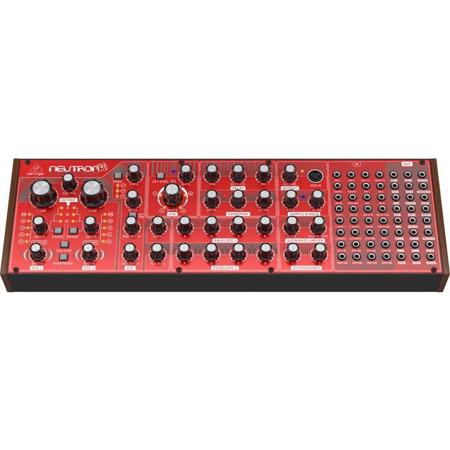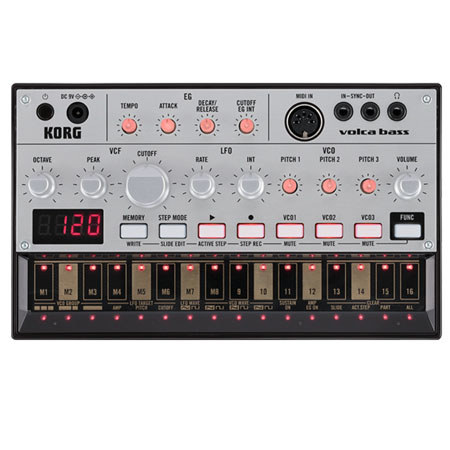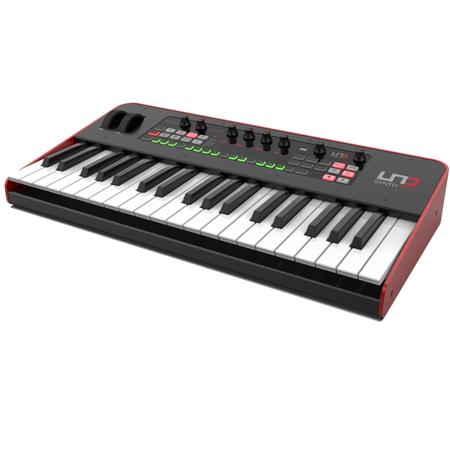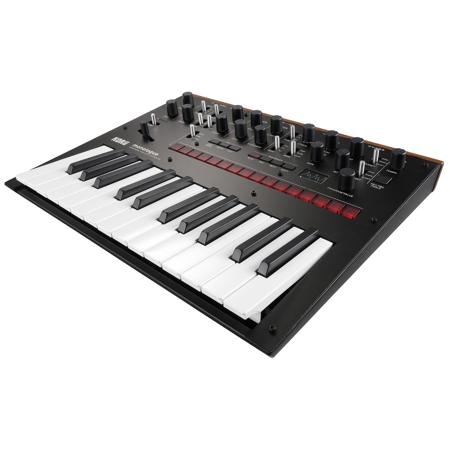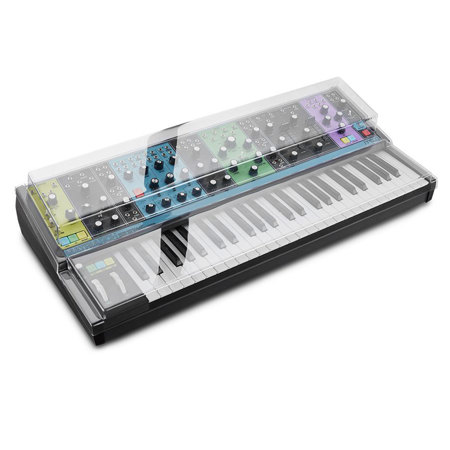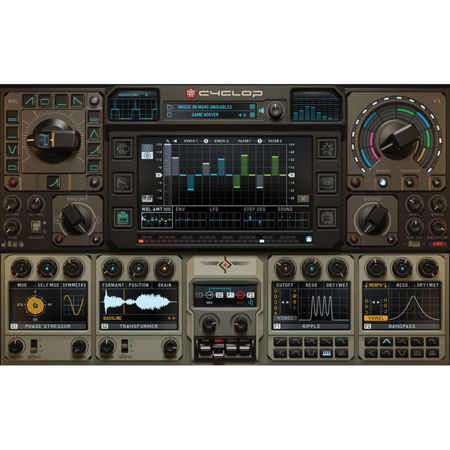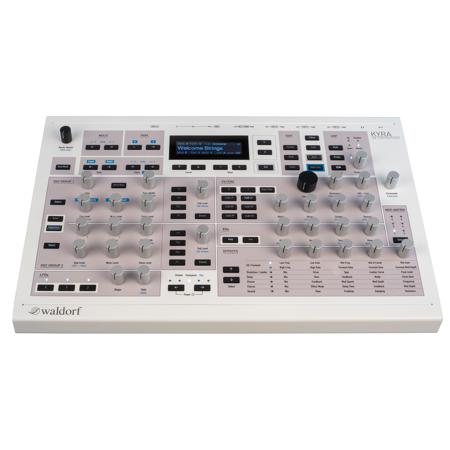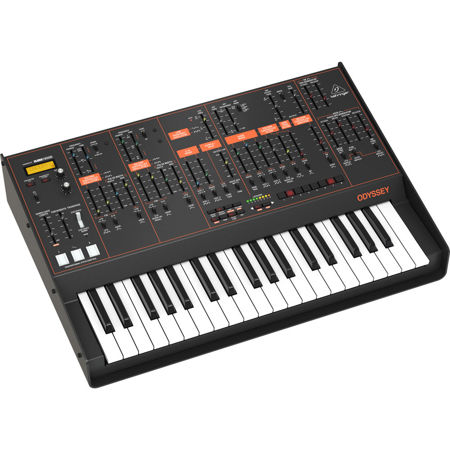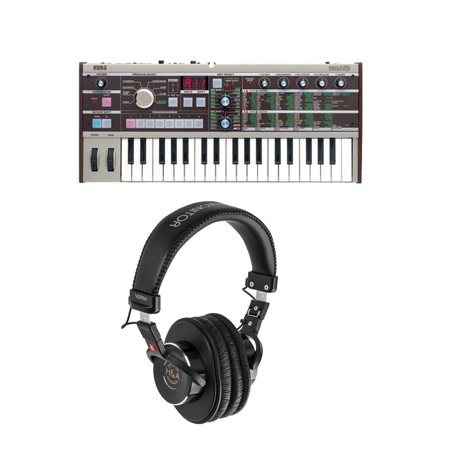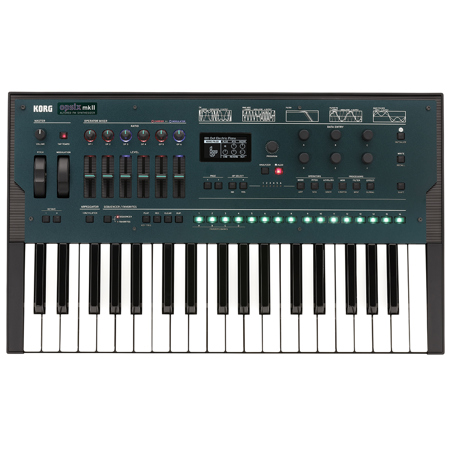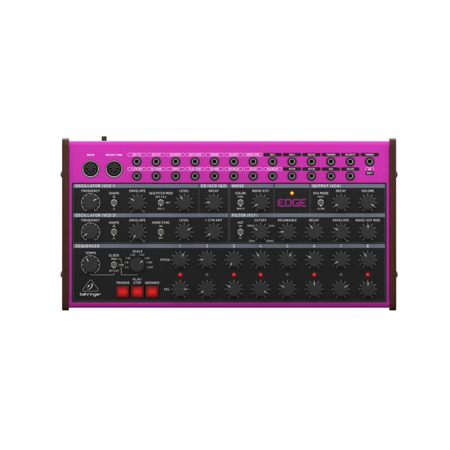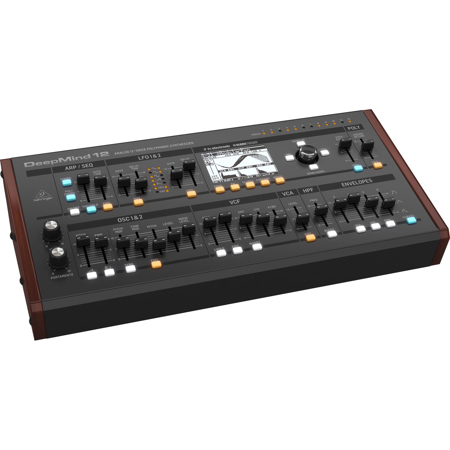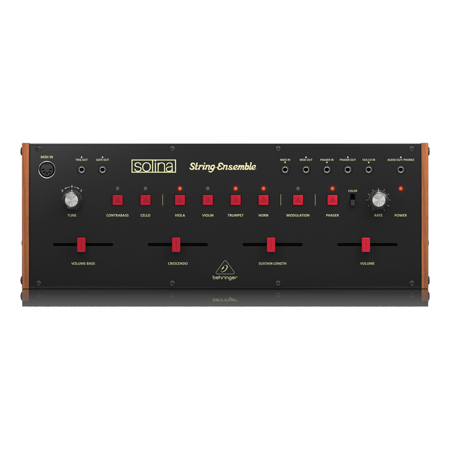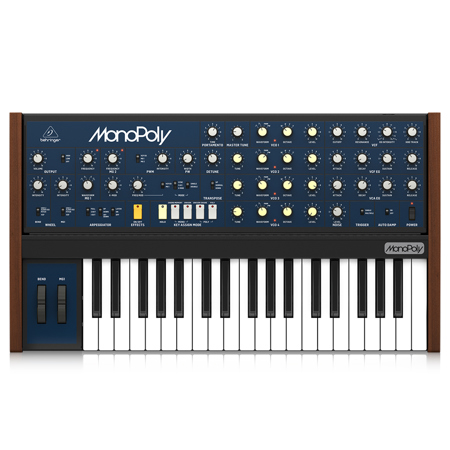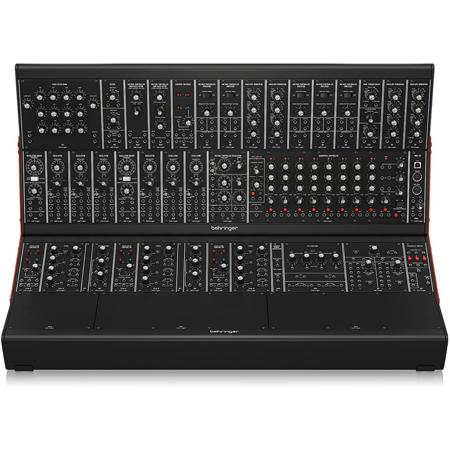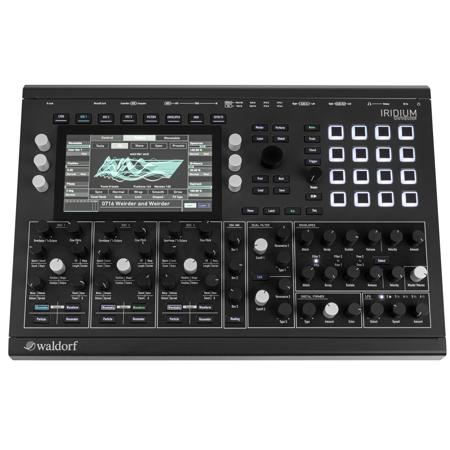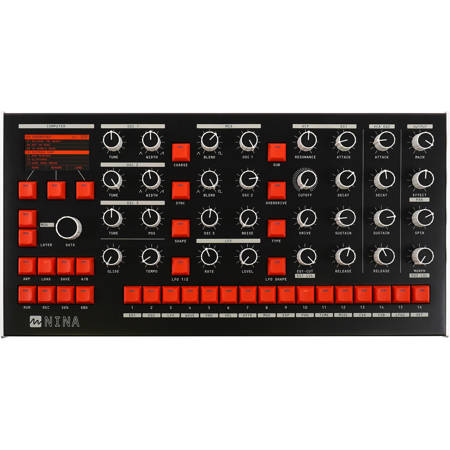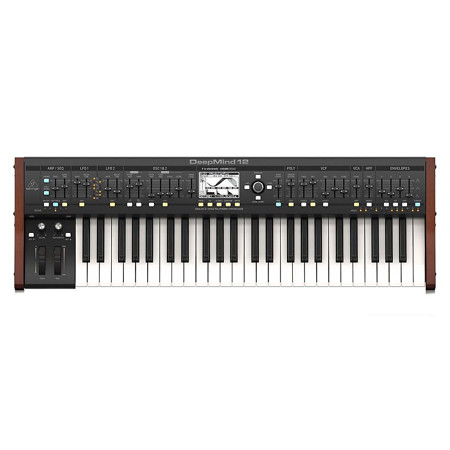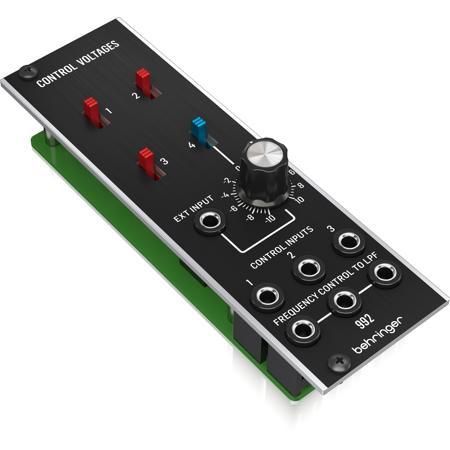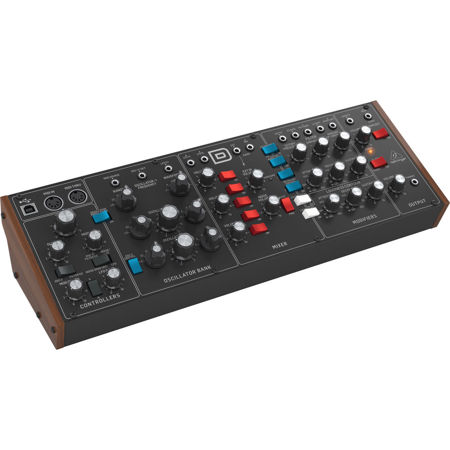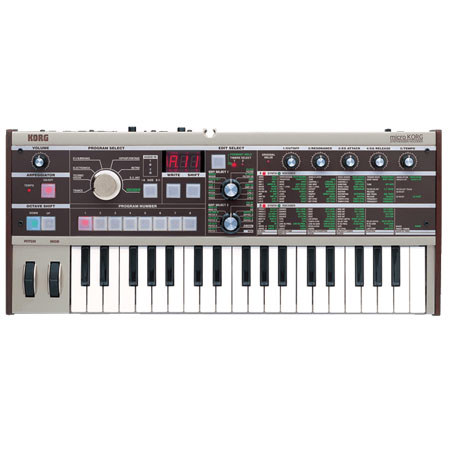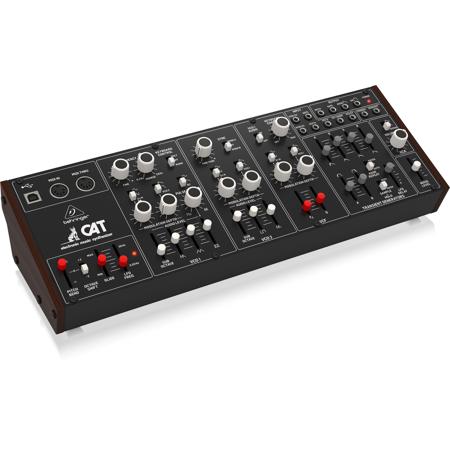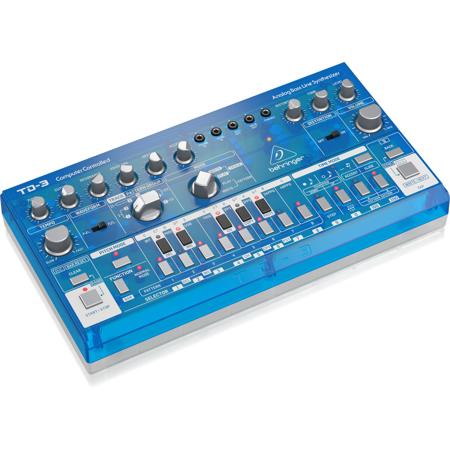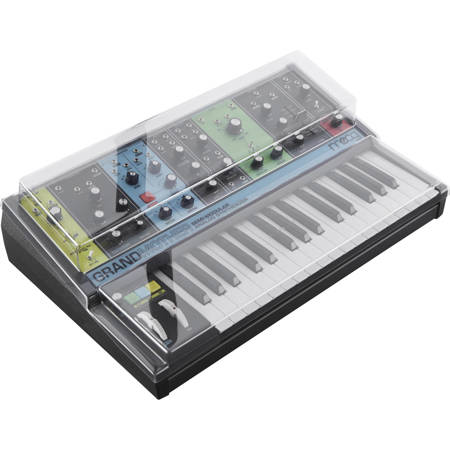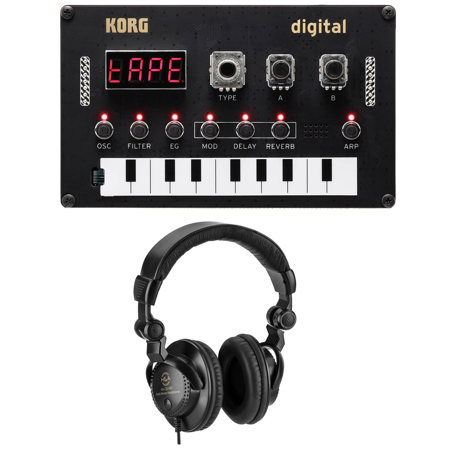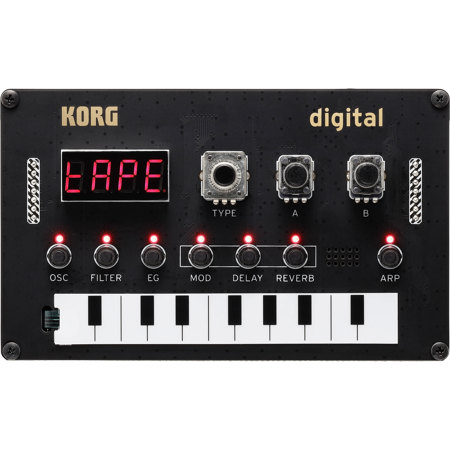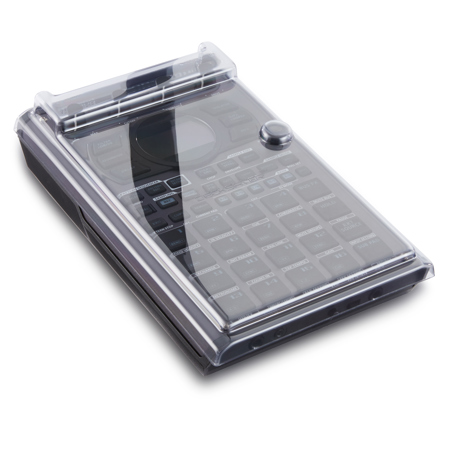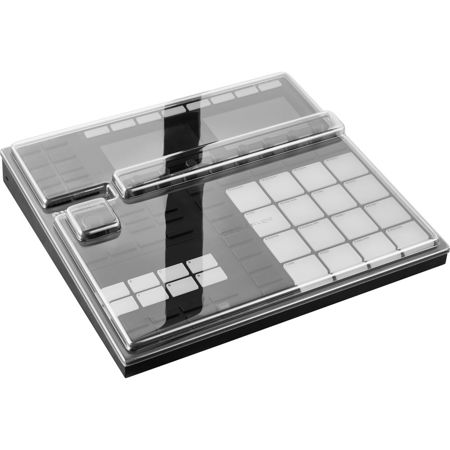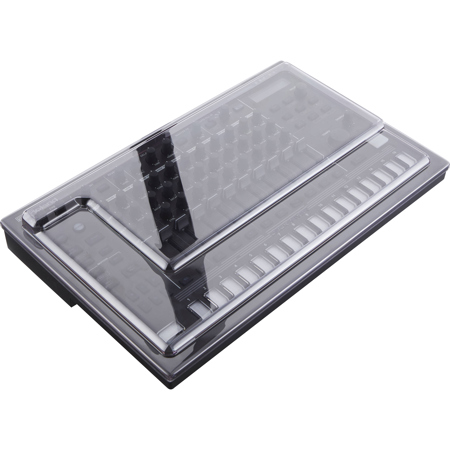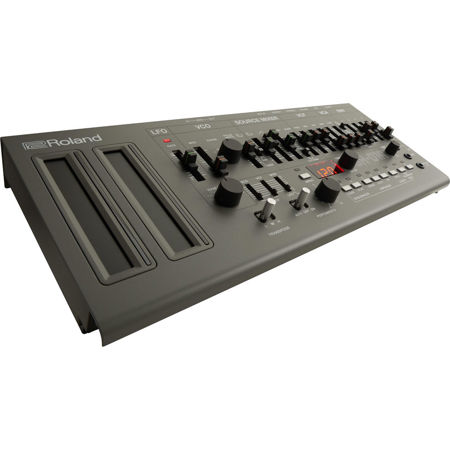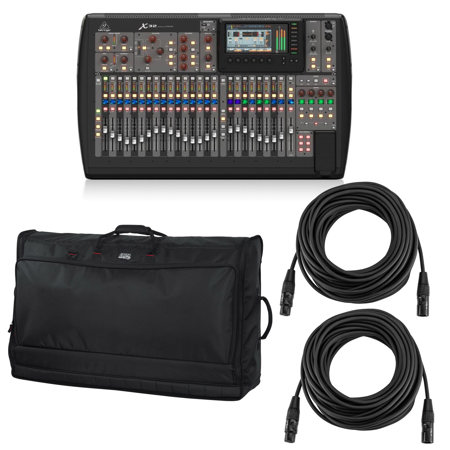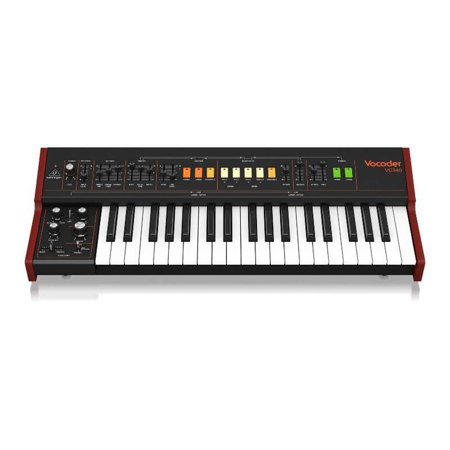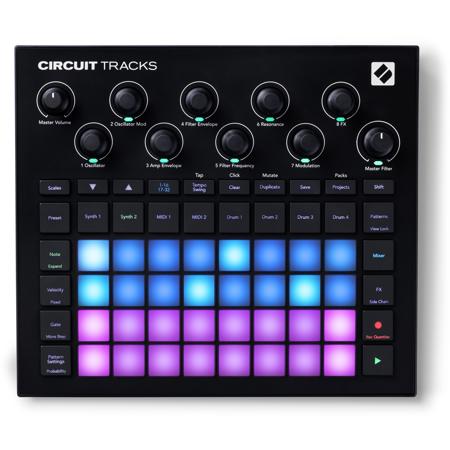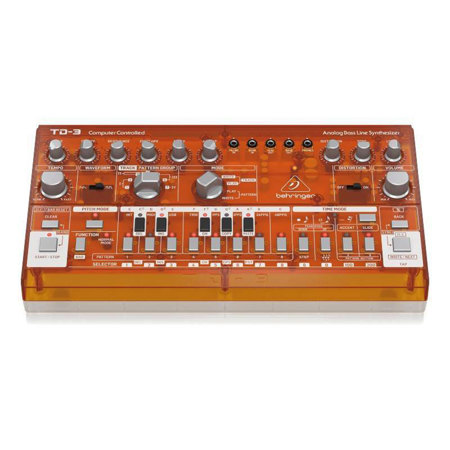Synthesizer Controls
Synthesizer controls are the creative heart of any electronic music setup, offering musicians, producers, and sound designers the tactile means to sculpt and transform sound in real-time. Whether you’re exploring the lush pads of ambient music, the sharp leads of synth-pop, or the gritty basslines of techno, the controls on a synthesizer—oscillators, filters, amplifiers, envelopes, and modulation sources—are where the magic happens. Oscillators generate the foundational waveforms—sine, triangle, sawtooth, and square—that give each sound its unique character. With pitch and waveform controls, users can shift from mellow, rounded tones to bright, buzzing textures, laying the groundwork for further sound shaping. Filters act as the sculptor’s chisel, removing or emphasizing certain frequencies with parameters like cutoff frequency and resonance, allowing for everything from subtle warmth to dramatic, sweeping effects. Low-pass, high-pass, and band-pass filter types each offer their own flavor, helping users carve out space in a mix or highlight specific harmonics. Amplifiers (VCAs) and envelopes then define the dynamics: attack, decay, sustain, and release settings let you craft everything from percussive blips to evolving, atmospheric swells. Modulation, often driven by low-frequency oscillators (LFOs), brings movement and life to sounds, enabling rhythmic pulses, vibrato, or ever-changing timbres that keep a track feeling fresh and alive.
For those considering synthesizer controls as a purchase or gift, it’s worth reflecting on who will be using them and how they fit into a broader creative vision. Seasoned performers may seek out hands-on, responsive controls for live tweaking—imagine the thrill of turning a filter knob onstage as a crowd reacts to the shifting energy of the music. Home studio enthusiasts often appreciate the precision and flexibility that digital controls and preset recall provide, making it easy to experiment with sound design late into autumn evenings. Beginners can find joy in the immediacy of tactile sliders and knobs, learning the fundamentals of synthesis by hearing and feeling the impact of each adjustment. Synthesizer controls also make thoughtful gifts for aspiring musicians, producers, or even educators introducing students to the world of electronic sound. As the days grow shorter and creative projects move indoors, there’s something satisfying about losing yourself in the subtle interplay of attack, decay, sustain, and release, or dialing in the perfect modulation depth to bring a melody to life. Whether you’re layering textures for a film score, crafting signature sounds for a band, or simply exploring the boundaries of sonic possibility, a well-designed set of synthesizer controls can be the gateway to endless inspiration.
When building or expanding a synthesizer setup, it’s helpful to consider how these controls integrate with other gear. Many musicians pair dedicated control surfaces with rack-mounted or desktop sound modules, creating a modular workflow that encourages experimentation and growth. For those looking to explore new sonic territories, browsing through options like Synthesizer Sound Modules can open up a world of possibilities, allowing you to combine different sound engines with your preferred control interface. The tactile experience of shaping sound—feeling the resistance of a knob, the smooth glide of a fader—remains unmatched, even in an age of digital convenience. As technology continues to evolve, the fundamentals of synthesizer control endure, connecting generations of musicians through a shared language of timbre, rhythm, and expression. Whether you’re layering sounds for a complex arrangement or fine-tuning a single patch for hours, the right set of controls transforms every session into a personal exploration of sound.
For those considering synthesizer controls as a purchase or gift, it’s worth reflecting on who will be using them and how they fit into a broader creative vision. Seasoned performers may seek out hands-on, responsive controls for live tweaking—imagine the thrill of turning a filter knob onstage as a crowd reacts to the shifting energy of the music. Home studio enthusiasts often appreciate the precision and flexibility that digital controls and preset recall provide, making it easy to experiment with sound design late into autumn evenings. Beginners can find joy in the immediacy of tactile sliders and knobs, learning the fundamentals of synthesis by hearing and feeling the impact of each adjustment. Synthesizer controls also make thoughtful gifts for aspiring musicians, producers, or even educators introducing students to the world of electronic sound. As the days grow shorter and creative projects move indoors, there’s something satisfying about losing yourself in the subtle interplay of attack, decay, sustain, and release, or dialing in the perfect modulation depth to bring a melody to life. Whether you’re layering textures for a film score, crafting signature sounds for a band, or simply exploring the boundaries of sonic possibility, a well-designed set of synthesizer controls can be the gateway to endless inspiration.
When building or expanding a synthesizer setup, it’s helpful to consider how these controls integrate with other gear. Many musicians pair dedicated control surfaces with rack-mounted or desktop sound modules, creating a modular workflow that encourages experimentation and growth. For those looking to explore new sonic territories, browsing through options like Synthesizer Sound Modules can open up a world of possibilities, allowing you to combine different sound engines with your preferred control interface. The tactile experience of shaping sound—feeling the resistance of a knob, the smooth glide of a fader—remains unmatched, even in an age of digital convenience. As technology continues to evolve, the fundamentals of synthesizer control endure, connecting generations of musicians through a shared language of timbre, rhythm, and expression. Whether you’re layering sounds for a complex arrangement or fine-tuning a single patch for hours, the right set of controls transforms every session into a personal exploration of sound.
